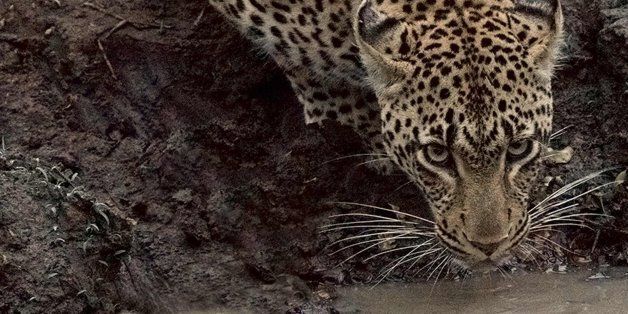
The declining numbers of large carnivores is having a hugely damaging effect on the globe’s ecosystems, according to new research by scientists. The reduction in populations of some of word’s most dangerous animals, including lions and wolves, must be reversed, according to the study, which highlights that 17 of the 31 species of large land predator currently occupy half of the land they once inhabited.
"Carnivore cleansing" has already decimated populations that once lived in now-developed regions, and further reductions are being witnessed throughout the world. Ecosystems rely on carnivores to strike the sensitive balance, with declining numbers of predators likely to disrupt local environments.
According to lead researcher Professor William Ripple from the Department of Forest Ecosystems and Society at Oregon State University, the world is losing its large carnivores. "Many of them are endangered,” he said. “Their ranges are collapsing. Many of these animals are at risk of extinction, either locally or globally. And, ironically, they are vanishing just as we are learning about their important ecological effects."

Wolves are just one of the carnivores under threat
More from the Press Association:
Humans have waged a long-standing war with large carnivores that kill livestock and threaten rural communities. But the international team from the US, Australia, Italy and Sweden called for a global initiative to conserve large predators. The scientists suggested it could be modelled on the Large Carnivore Initiative for Europe, an expert group affiliated with the International Union for the Conservation of Nature (IUCN). It is committed to helping European predators including the wolf, lynx and brown bear reoccupy many of their former habitats.
Prof Ripple and his colleagues focused on seven key species whose ecological impact has been extensively studied - the African lion, leopard, Eurasian lynx, cougar, grey wolf, sea otter and dingo. A review of the evidence showed how the decline of cougars and wolves from Yellowstone and other North American national parks led to an increase in browsing animals such as deer and elk.
This in turn had a cascading effect, disrupting vegetation growth and upsetting populations of birds and small mammals. Studies of the European lynx, Australian dingo, lions and sea otters have shown similar effects, said the researchers whose findings were reported in the journal Science. Lynx were strongly linked to the abundance of roe deer, red fox and hare, while in Africa the loss of lions and leopards had coincided with a dramatic increase in olive baboons, which threaten farm crops and livestock.
TOP STORIES TODAY
In the waters of southeast Alaska, a decline in sea otters hunted by killer whales had led to a rise in sea urchins and the loss of kelp beds. Ecosystems had responded quickly where large carnivores had been returned to their former habitats, said Prof Ripple. Two examples were the reintroduction of wolves in Yellowstone and the Eurasian lynx in Finland.
"I am impressed with how resilient the Yellowstone ecosystem is," said the professor. "It isn't happening quickly everywhere, but in some places, ecosystem restoration has started there." The classic concept of predators being harmful is outdated, the scientists claimed.
Prof Ripple added: "Human tolerance of these species is a major issue for conservation. We say these animals have an intrinsic right to exist, but they are also providing economic and ecological services that people value. Nature is highly interconnected. The work at Yellowstone and other places shows how one species affects another and another through different pathways. It's humbling as a scientist to see the interconnectedness of nature."
Disruption of large carnivore populations had led to crop damage, altered stream structures, and changes to the abundance and diversity of birds, mammals, reptiles and invertebrates, said the scientists. By keeping herbivores in check and allowing woody plants to flourish and store more carbon, carnivores also acted as a buffer against climate change.
The researchers accepted that getting human communities to accept the reintroduction of large carnivores was a "major sociopolitical challenge". They wrote: "It will probably take a change in both human attitudes and actions to avoid imminent large carnivore extinctions. A future for these carnivore species and their continued effects on planet Earth's ecosystems may depend on it."